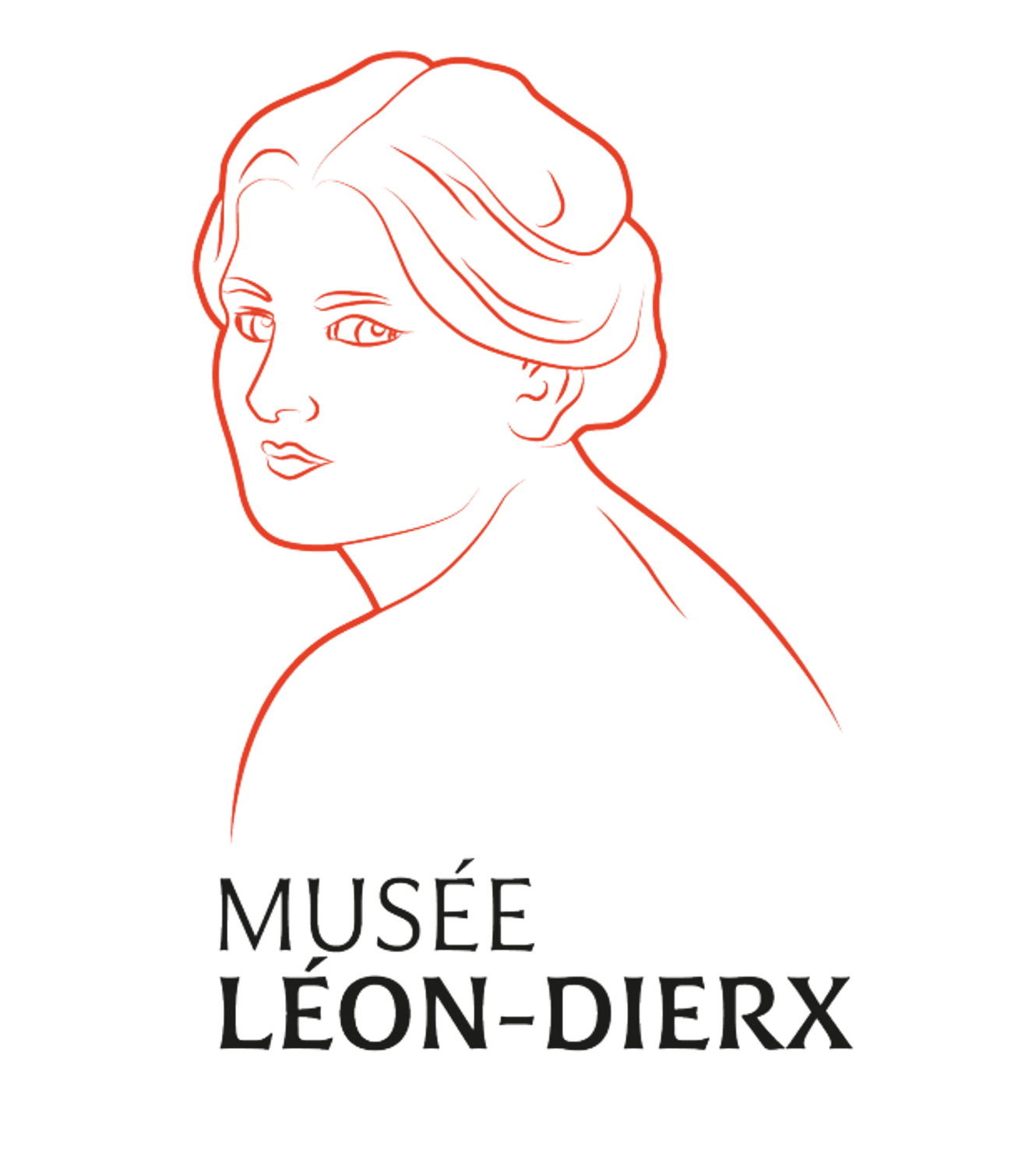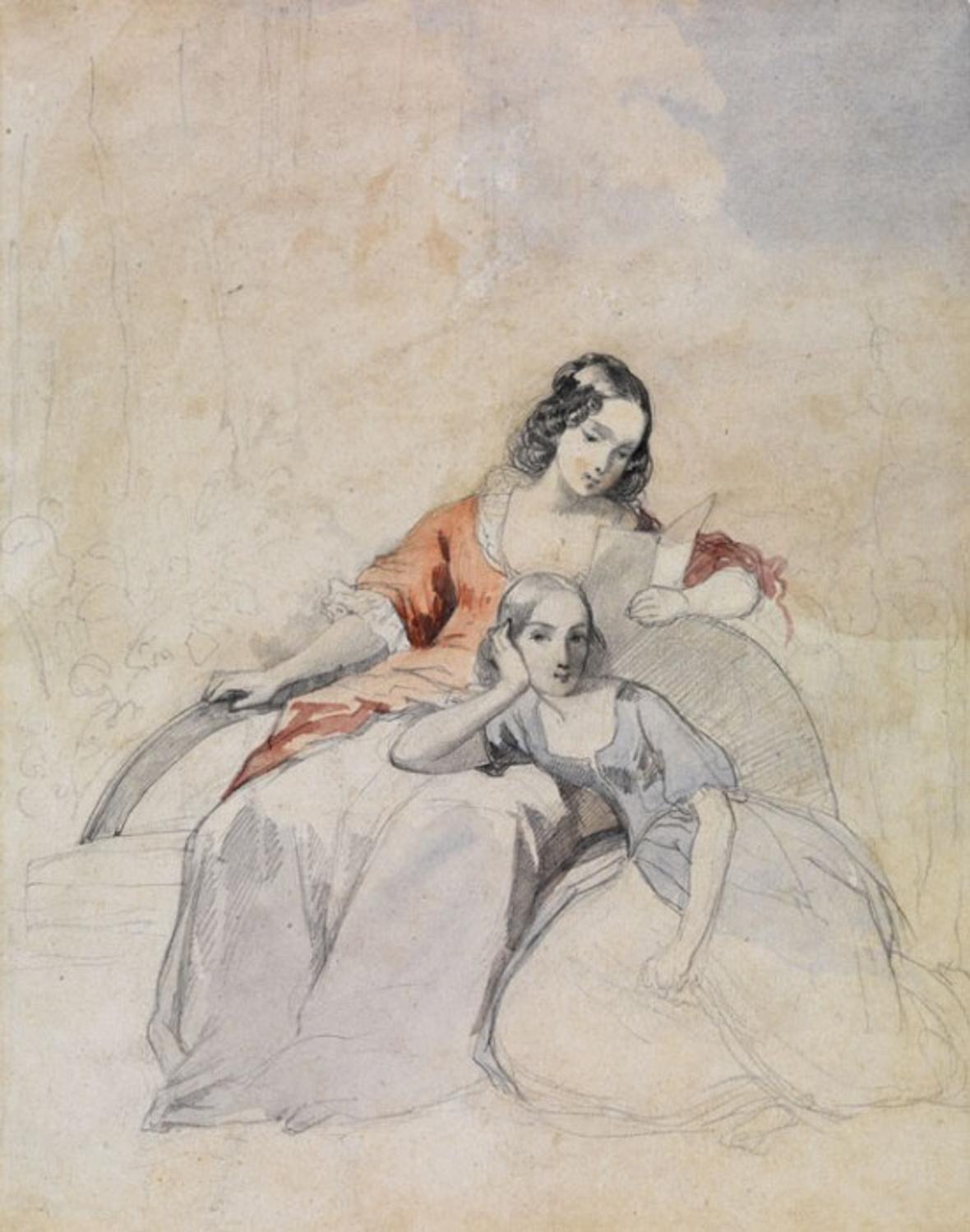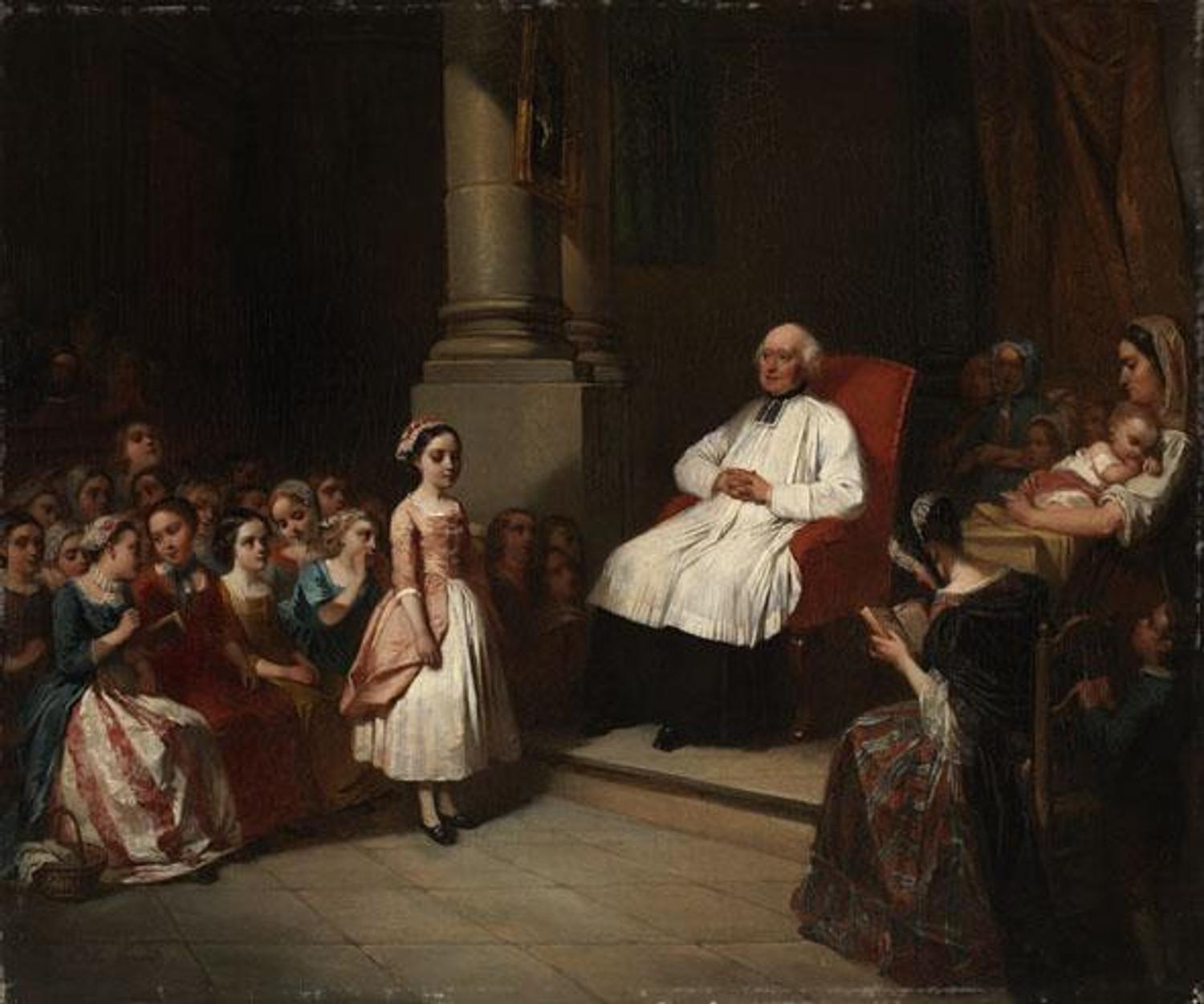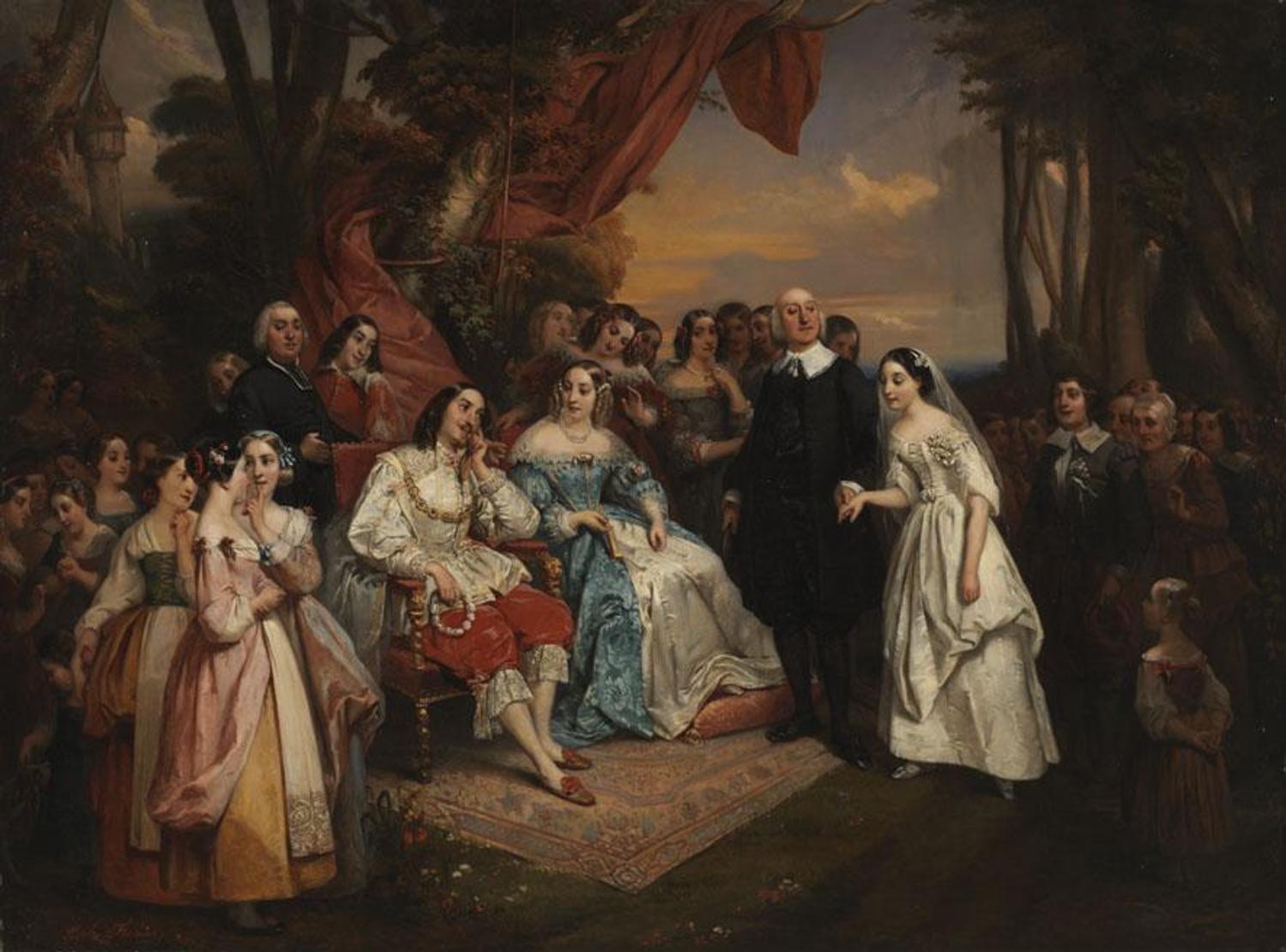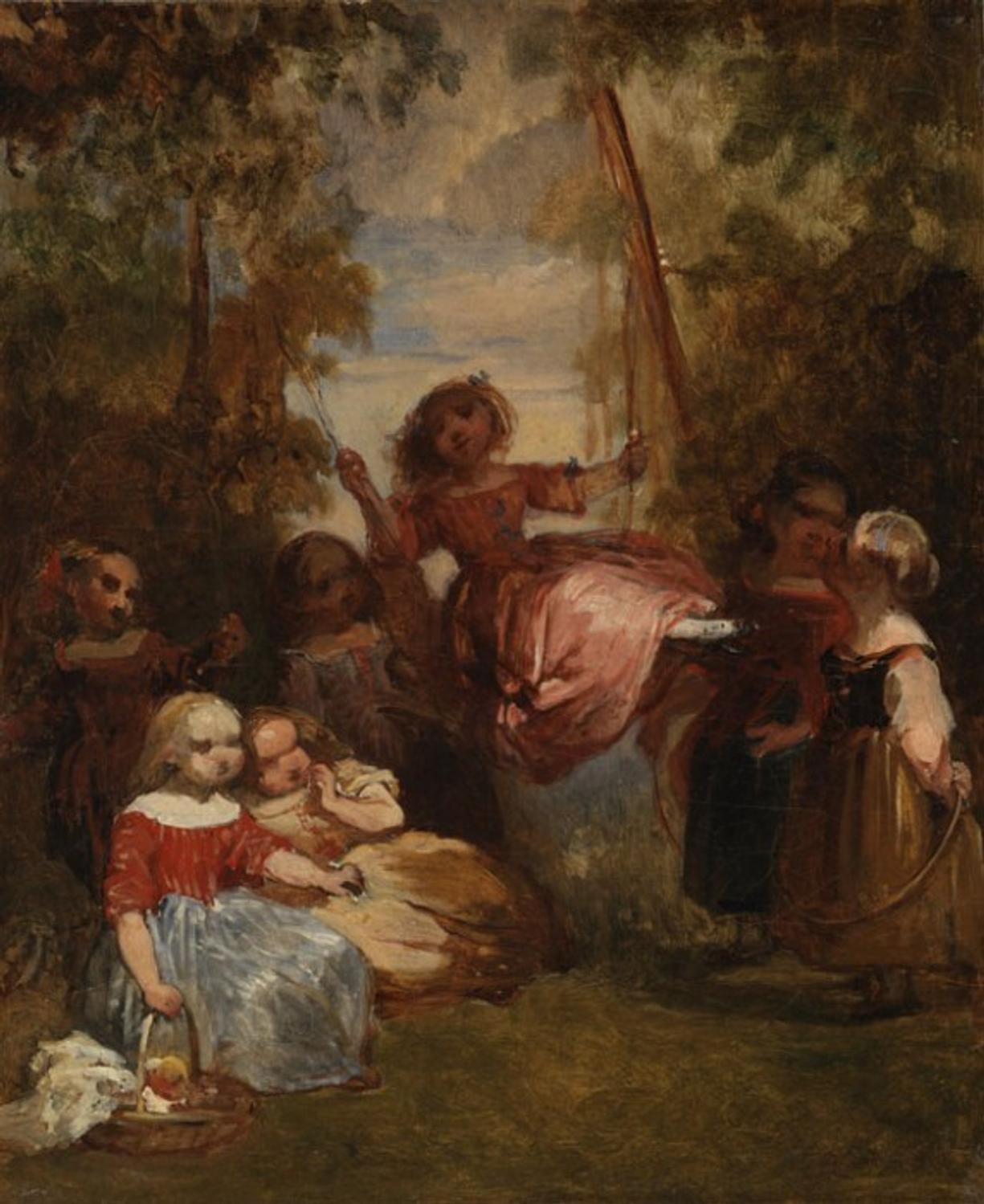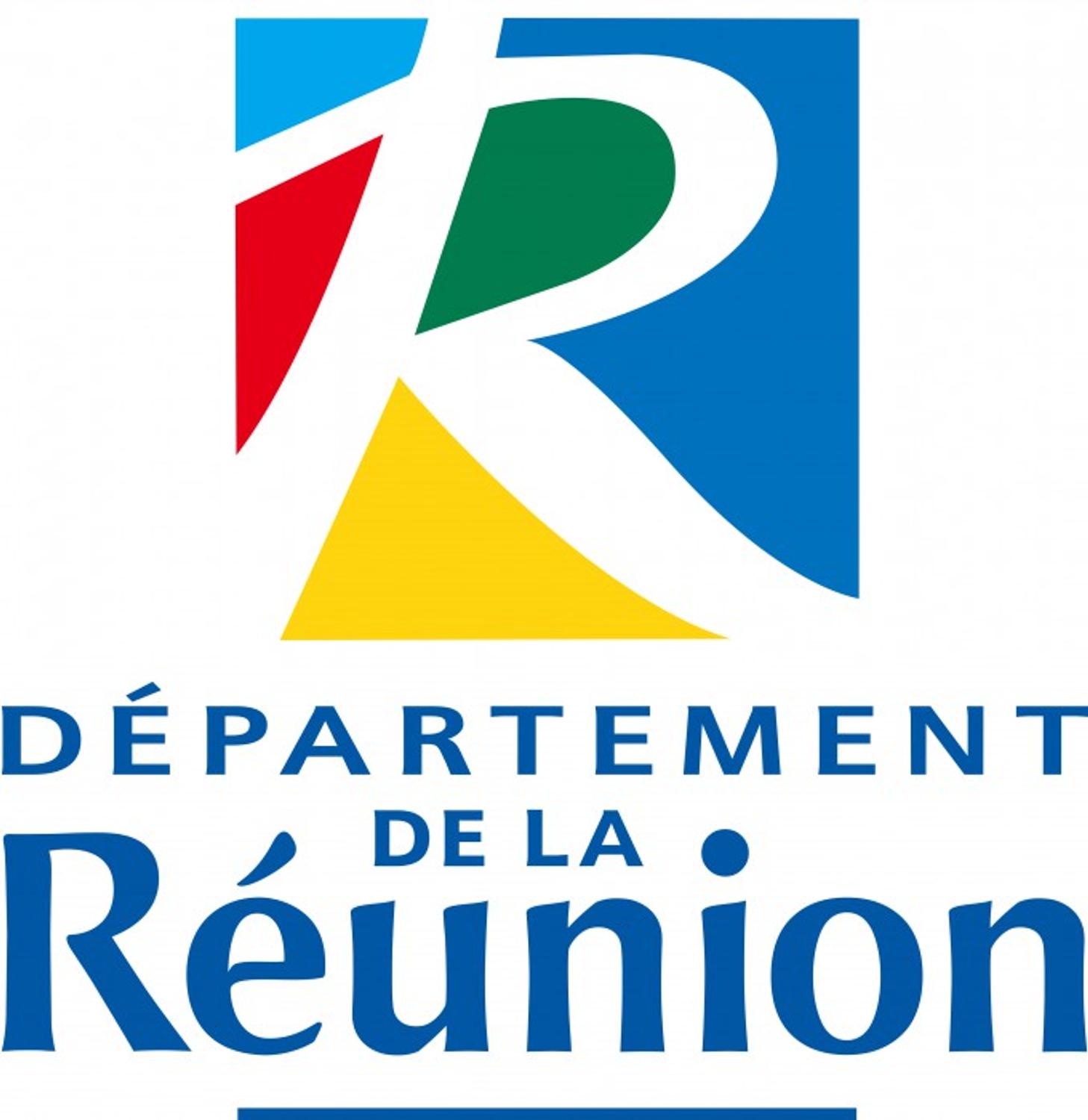ADELE FERRAND, GENRE PAINTER
Adèle Ferrand, Les Deux soeurs, 1830-1840
Genre scenes, an 18thcentury tradition
Following the tradition initiated by Jean-Baptiste Greuze and Nicolas Lancret, Adele Ferrand specialised in genre painting. These charming, familiar little anecdotal scenes of family life, painted with realism on a small format, absolutely reflected the tastes of private collectors living in bourgeois apartments during the 19thcentury.
A large number of small drawings serving as studies give us insight on artistic research carried out by the artist around conversations between lovers in the countryside, open-air concerts or persons reading in their garden. No particularly daring topics are treated and no moral lesson is intended, these are just paintings representing simple leisure-time activities.
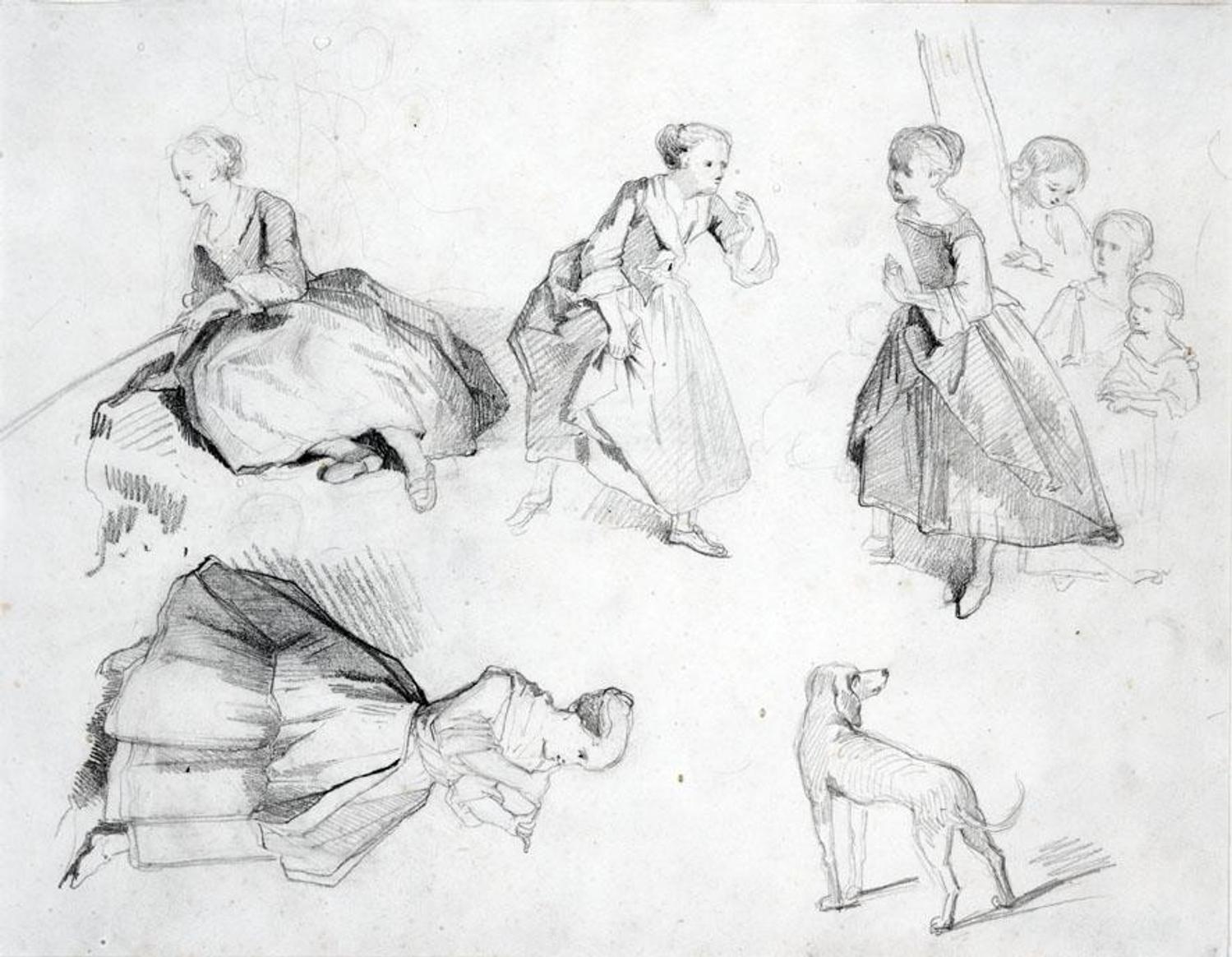
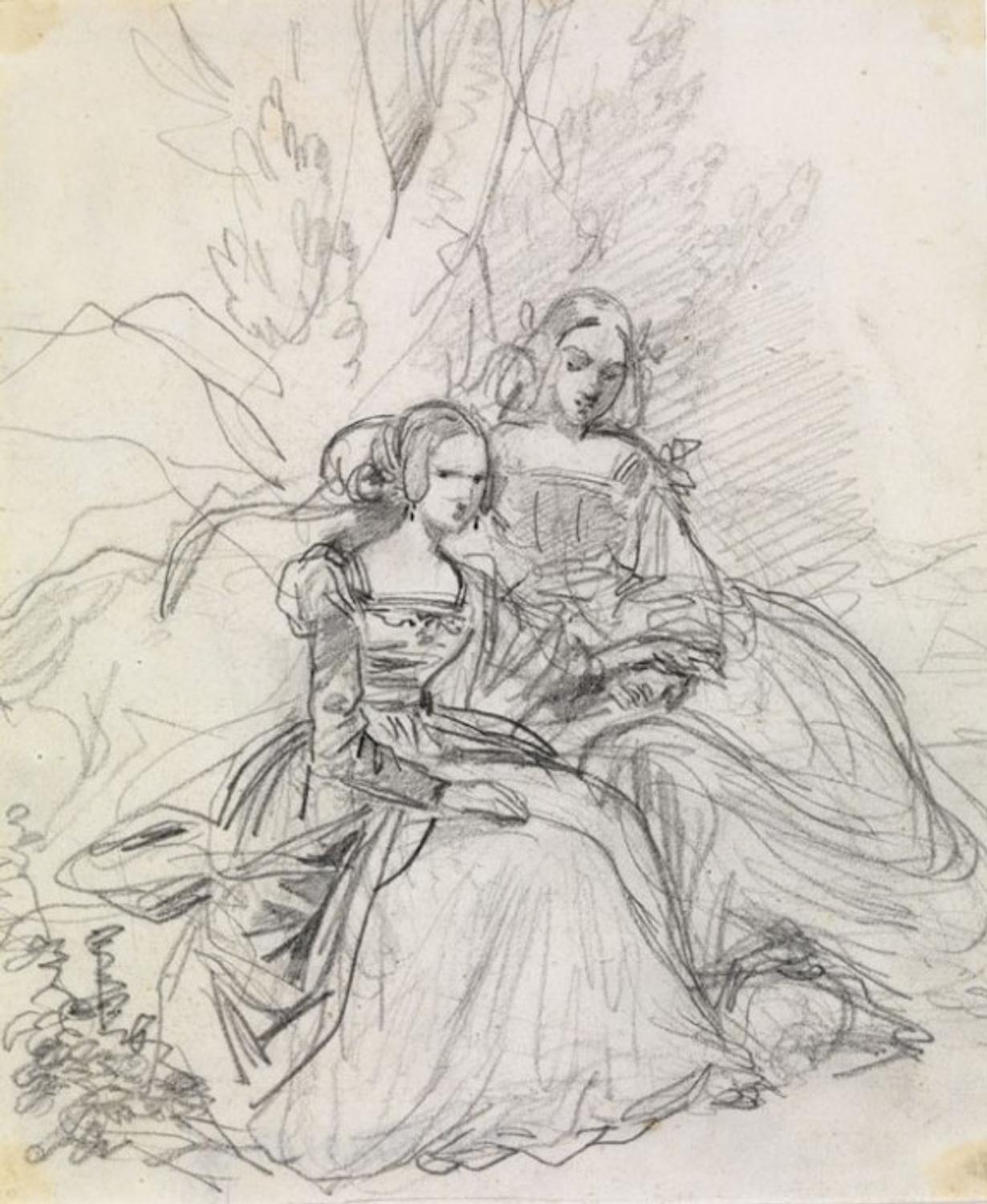
Adèle Ferrand, Études ; Deux jeunes filles, 1830-1840
Adèle Ferrand, Le Catéchisme, 1846
Adèle Ferrand, La Rosière, 1841
The story of a Christian education
It is possible to follow the different episodes of the life of a young girl brought up in the Christian religion, something like a serialised novel (a literary genre that appeared in the Parisian press precisely during that period), simply from the titles of the genre paintings exhibited by Adele Ferrand.
In Le catechisme (Catechism), a young girl is being questioned by a priest, in the presence of her playful companions and a group of women and children. Le couronnement d’une Rosiere (Crowning of a rose-girl) is a fantasised 17thcentury scene. This tradition, which continued to be respected in the 19thcentury, consisted in rewarding with a wreath of flowers and a sum of money to be used for her dowry the most deserving and virtuous girl in the village. The scene takes place in a park, but a carpet, comfortable seats and an improbable red cloth draped around the tree emphasise the nobility of the donors, acting under the protection of the priest. The young girl, presented by her father (closely resembling the artist’s own), is walking forward with her eyes lowered, a sign of humility. The people from the village are present on either side, leaving the scene open to the spectators’ gaze.
The painting, exhibited several times in 1840, met with various commentaries. It was compared to Greuze and a certain grace was recognised as regards this beautifully painted pastoral scene, particularly concerning the rendering of the textiles.
La demande en marriage (The marriage proposal), an important event in the life of a young girl, was the object of a number of composition studies, but the final painting is unknown to us. Finally, La sortie de l’église (After church) portrays Christian charity and alms given by a young couple to a family of beggars.
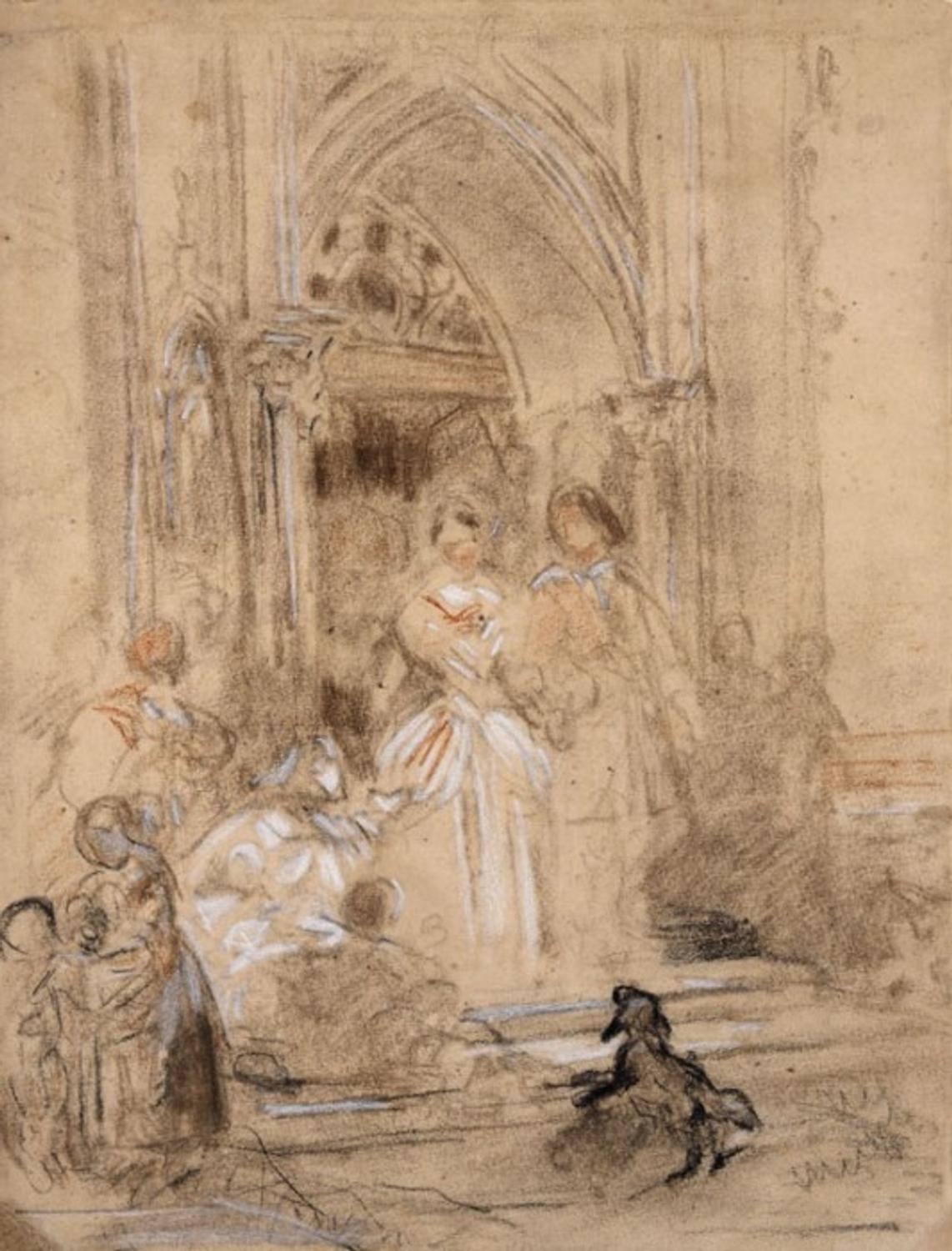
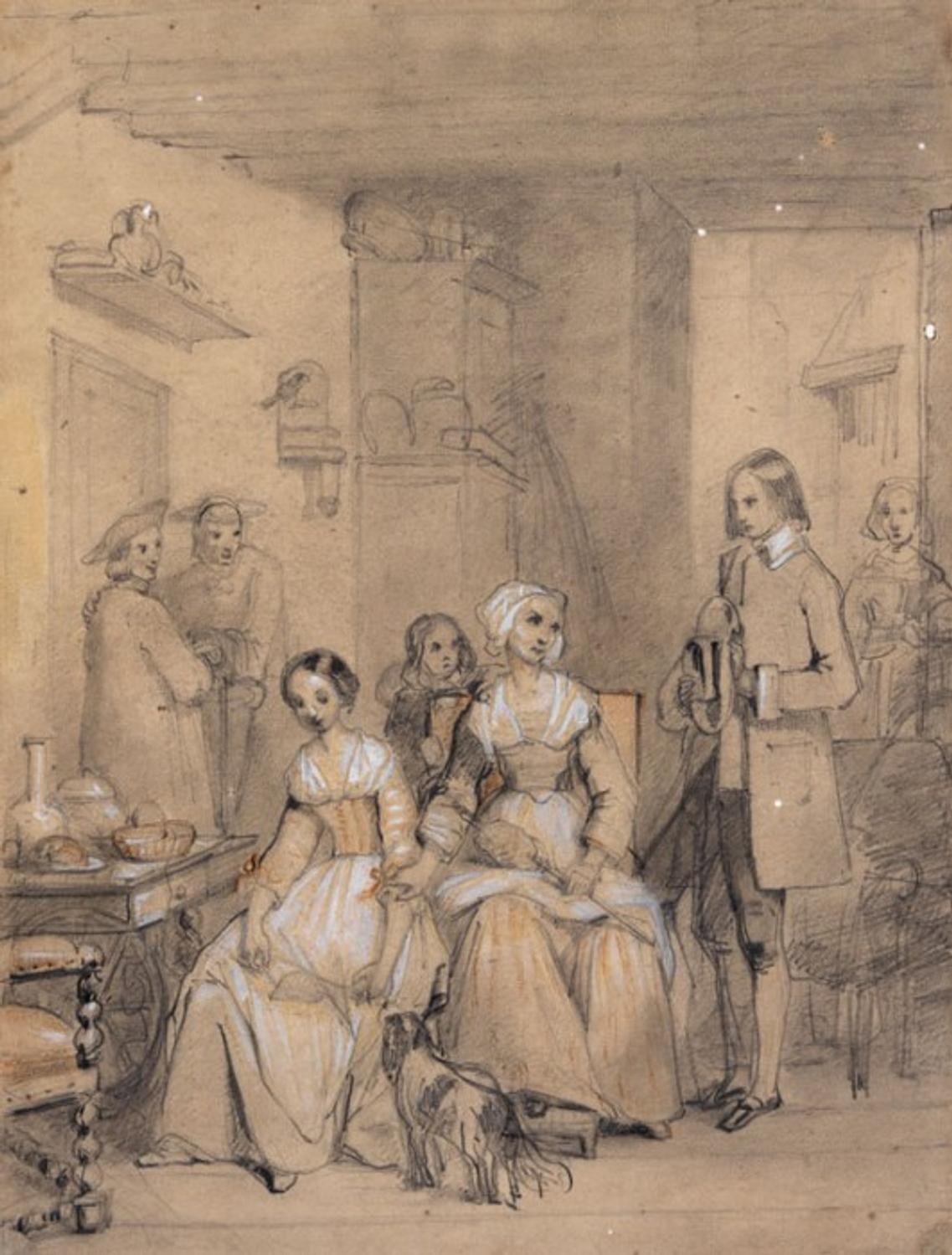
Adèle Ferrand, La Sortie d'église ; La Demande en mariage, 1830-1840
Adele Ferrand, La Balançoire (The swing), 18
Mother and children
A large number of drawings – studies and sketches, all more or less finished – and paintings exhibited at the time (not located) demonstrate Adele Ferrand’s interest in subjects depicting mother and child scenes: birth, caring for babies, country wet-nurses and education.
All these works set out to be living reminders of instants of daily life, affectionate relations between a mother and her children and a happy family life where the father is rarely present. Adele Ferrand constructed a sort of social novel based on stereotypes which placed the woman in a traditional and unalterable role.
Her style is somewhat monotonous. From one work to another, the figures, in particular the young girls, all have the same physical characteristics, wear the same dresses, the same expressions on their faces, as though slipping from one picture to another, always smiling. The technique applied is always smooth, the colours warm; the artist had a true talent for depicting with precision different textiles.
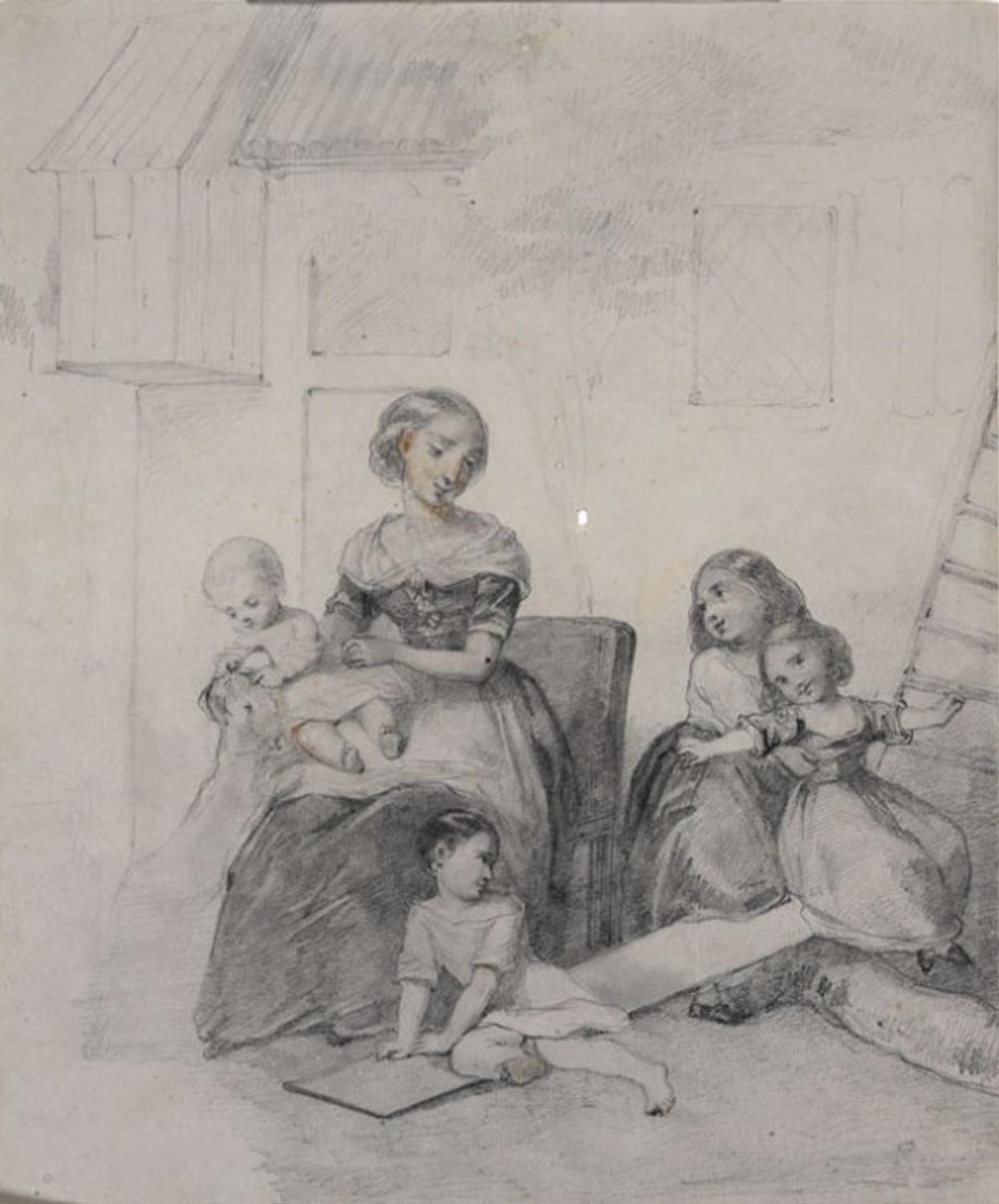
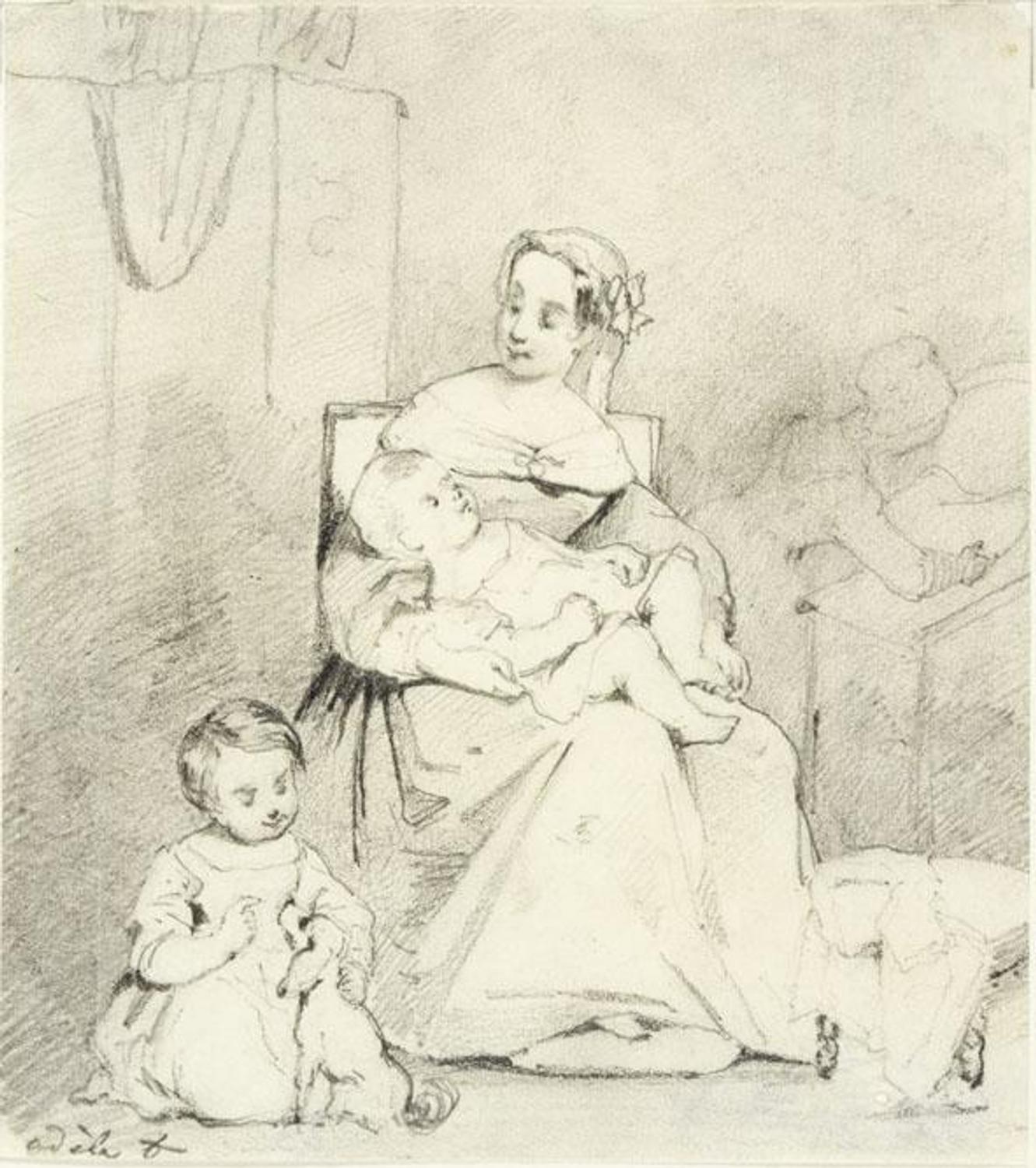
Adèle Ferrand, Mère et enfants à la balançoire ; Scène d'intérieur, 1830-1840
